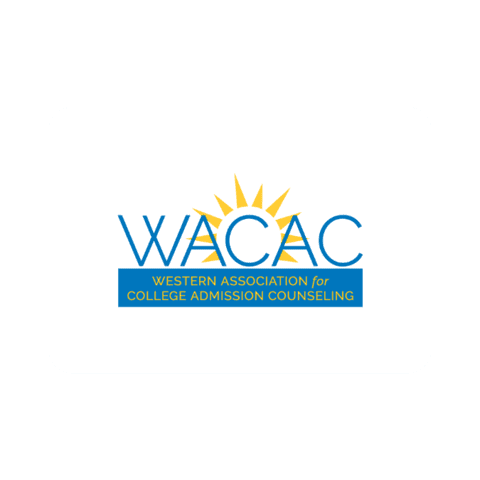Many high school students elect to take college-level courses while in high school and the trend appears to be growing. A longitudinal study found that about a third of students (34 percent) took courses for post-secondary credit in high school. But what are the benefits of enrolling in community college? And, does it give students a leg up in their college applications?
What is dual enrollment or concurrent enrollment?
Students enrolled in both high school and college-level courses face a unique academic schedule. This situation is often referred as dual enrollment, or concurrent enrollment. In other words, this method enables high school students to earn college credit while still in high school. Most students who dual-enroll can take college courses at a variety of locations; for instance, their high school, a college campus, online, or at another high school. Notably, students who are dual-enrolled most commonly take courses at their own high school.
What are the benefits of dual enrollment?
There are several benefits to dual enrollment.
- Students can earn college credit while still in high school and also save money by graduating from college earlier.
- Dual enrollment introduces students to the rigors of college coursework early.
- Students can take a broader variety of classes not offered in their high school and explore their interests.
- Students are more likely to go onto study in college and earn a college degree. A Columbia University report found that 88 percent of community college dual enrollment students continued in college after high school.
- Student can demonstrate to college admission officers that they are capable of handling college-level courses and are driven.
Is dual enrollment for me?
We’ve had several of our brightest students take external college-level courses. In many cases they have exhausted their course options at high school, need a more challenging course and/or have developed a particular interest in a subject and really want to deepen their knowledge. If you fall into any of these categories, then dual enrollment is a great option.
However, if you already have a demanding schedule, are struggling to keep up with your school work and/or your grades aren’t top-notch, then signing up for a challenging course might just jeopardize your already heavy course load. If this is the case, but you are truly set on taking a college-level course, then consider doing so in the summer when you have more time. Remember the classes you take will be on your high school record, so it’s important to establish a class schedule that is manageable and shows your strengths.
How can I sign up for dual enrollment?
So you’ve given it some thought and want to explore your options, but you don’t know where to start? The springtime is a great time to get the ball rolling as you plan your high school courses for the next school year. First speak with your high school counselor to find out whether dual enrollment is an option at your high school. Keep in mind that entry-level requirements differ from state to state and even between community colleges, however most require that students be at least 16 years old; have a minimum GPA between 2.0 and 3.0; and have taken placement and/or standardized tests.
Your counselor should also be able to advise you whether these courses are offered on your high school campus so you can avoid commuting to another campus. If there aren’t any on-campus options than you’re best-off approaching your local community colleges.
Got further questions about dual enrollment? The team at Empowerly are happy to assist. Our counselors can help you decide whether this is a good option for you and point you in the right direction in your search for college-level courses.


